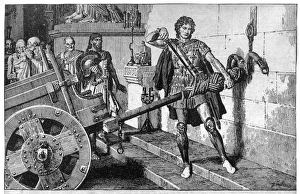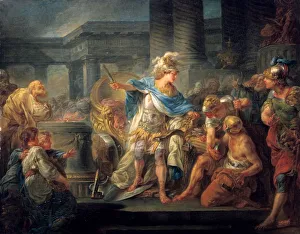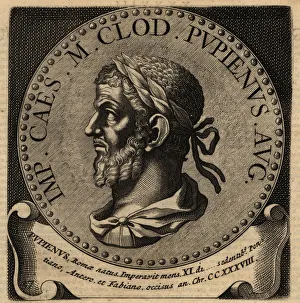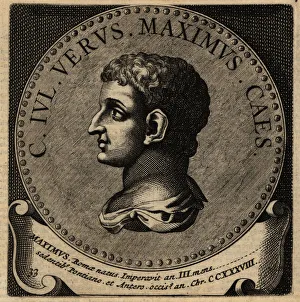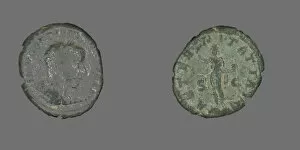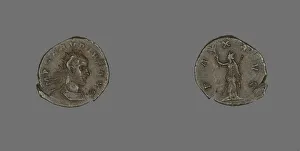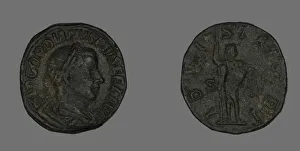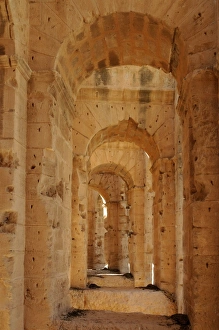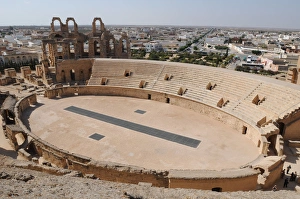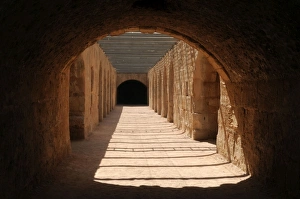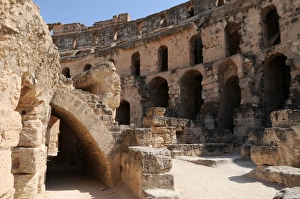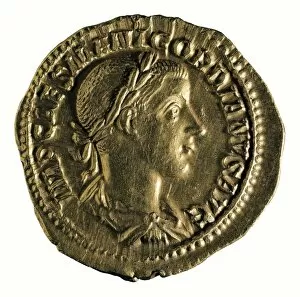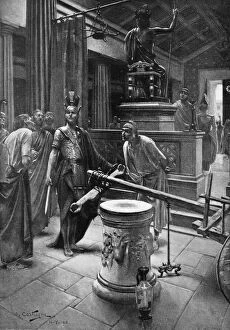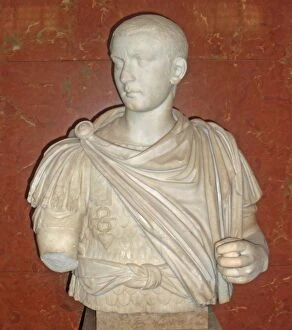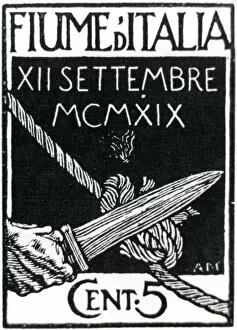Gordian Collection
"Gordian: Unraveling the Knot of History" In the realm of ancient legends, one name stands out - Gordian
All Professionally Made to Order for Quick Shipping
"Gordian: Unraveling the Knot of History" In the realm of ancient legends, one name stands out - Gordian. This enigmatic figure is forever entwined with Alexander the Great and his audacious act of cutting the Gordian Knot. Jean-Simon Berthelemy's oil on canvas immortalizes this iconic moment, capturing Alexander's determination as he slices through the intricate knot that had baffled all who attempted to unravel it. But who was Gordian? The answer lies in portraits such as those depicting Roman Emperors Pupienus and Gaius Iulius Verus Maximus. These powerful rulers bear witness to a lineage that traces back to Emperor Gordian III, whose image adorns aurei, denarii, and antoniniani coins minted during his reign from 239 to 244 AD. The coinage serves as a tangible reminder III's influence over an empire in flux. As we examine these exquisite pieces crafted by unknown hands, we catch glimpses of other significant figures like Emperor Claudius II Gothicus and Empress Tranquillina. Their presence on these coins speaks volumes about their roles within this complex tapestry of power struggles and alliances. Through these artifacts, we begin to understand how history intertwines with mythology. The story of Alexander severing the Gordian Knot becomes more than just a tale; it becomes a symbol for decisive action in times of uncertainty. Like Alexander before us, we too face our own metaphorical knots - challenges that seem insurmountable until someone dares to take bold action. Gordian reminds us that sometimes solutions lie not in painstakingly untangling every thread but rather in seizing opportunities fearlessly. Just as Alexander defied convention by slicing through the knot instead of laboriously untying it strand by strand, so can we find innovative ways to overcome obstacles. So let us embrace the spirit of Gordian, a name forever etched in history.

